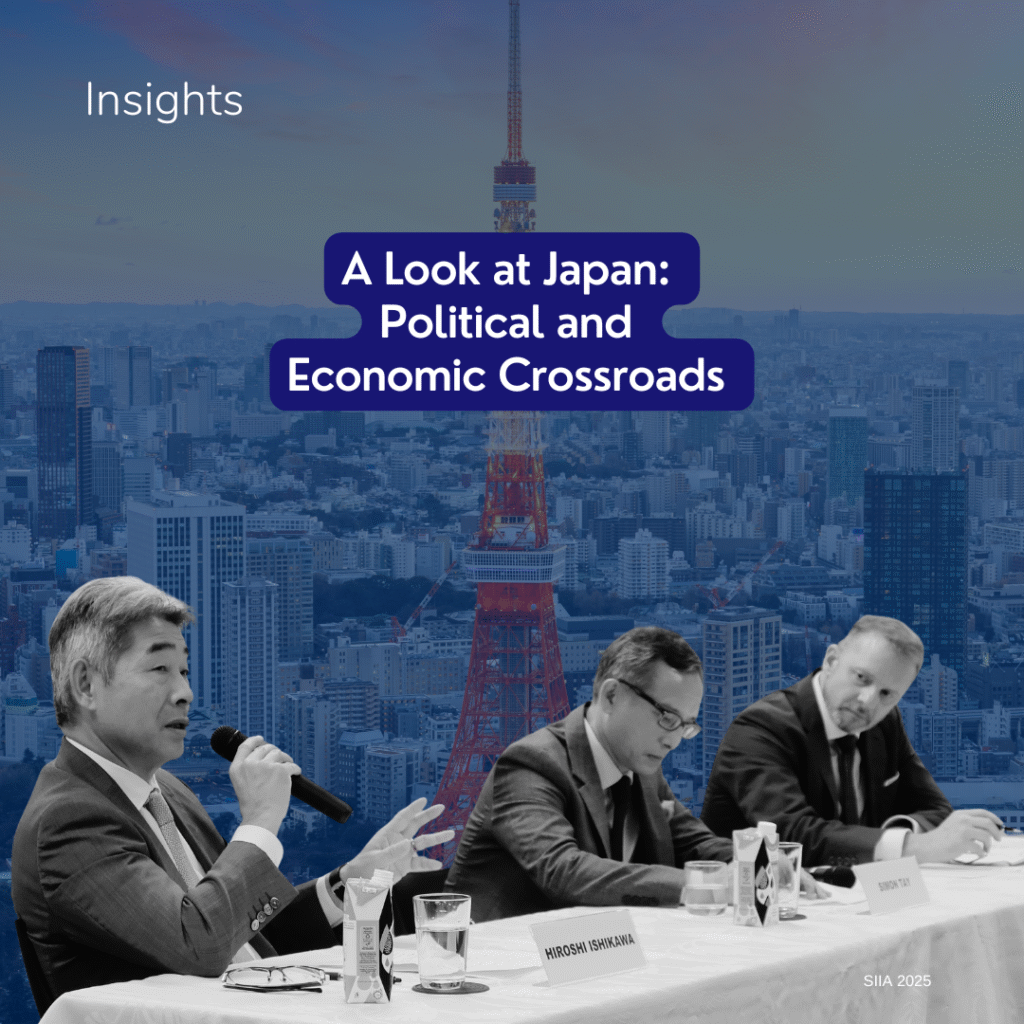The Association of Southeast Asian Nations (ASEAN) is often lauded as the new growth frontier blessed with a growing young working population and massive economic opportunities. As the regional bloc moves towards economic integration, better infrastructure and connectivity is needed to facilitate greater movement of goods, services, labour and capital.
Critically, “the infrastructure of the future cannot be the infrastructure of the past”, observed Singapore Finance Minister Heng Swee Keat in a dialogue session at our 11th ASEAN & Asia Forum (AAF) on 30 August 2018. The infrastructure of the future will require more consideration on how it can be more green, more sustainable and smarter. While sustainable infrastructure is frequently associated with green, others see it as financially viable infrastructure that will last for the long term. Such infrastructure projects are less likely to be a stranded asset, less likely to face regulatory hurdles, less likely to be technologically obsolete. Instead, it is more likely to receive broad-based community support, noted one of the speakers in the panel “Powering ASEAN’s Infrastructure through Green Finance”.
The panel featured Ms. Rana Karadsheh-Haddad, Country Manager – Singapore, International Finance Corporation (IFC); Mr. Colin Chen, Managing Director, Head of Structured Finance Asian Investment Banking Division, MUFG Bank; Mr. Harold Tjiptadjaja, Managing Director and Chief Investment Officer, Indonesia Infrastructure Finance (IIF) as well as Mr. Tan Cheng Guan, Head, Renewables & Environment Business, Sembcorp Industries Ltd. The discussion was moderated by SIIA Chairman, Associate Professor Simon Tay.
Singapore can play a key role as a centre of connectivity for the region and capture the massive opportunities for sustainable infrastructure. One important aspect is to bring capital and projects together and early steps have been taken with the introduction of the Infrastructure Asia office. The Infrastructure Asia office brings together local and international partners across the value chain to provide a platform for information exchange. This will increase understanding of infrastructure opportunities in Asia and promote infrastructure investments and financing. Moving forward, sustainable financing will be critical to such discussions, yet securing buy-in from the infrastructure ecosystem will require an understanding of the full costs and benefits of embarking on sustainability.
Apart from government efforts, Singapore companies can also play a part in expanding sustainable infrastructure in the region. Many of these companies already enjoy an edge in the areas of climate-related work and technology. By having more risk appetite to venture overseas, these companies could be more successful, on a much larger scale.
Clearly, Singapore has deep interests to capture the infrastructure growth opportunities at its doorstep. Yet, the country must look to offer more sustainable financing and sustainable infrastructure solutions, if it wants to add value to the region and shape its long-term success.




